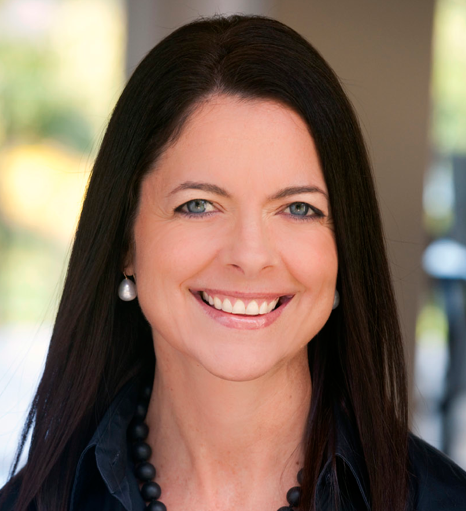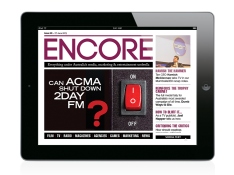Nova increase number of ads by 80 per cent

Cathy O’Connor DMG
Radio network Nova is now broadcasting 80 per cent more ads than it did three years ago, the boss of the radio station has revealed, in a debate that also saw Foxtel admit that it has gone the other way, reducing the number of ads it carries because of subscriber feedback.
Speaking at a debate organised by the Australian Communications and Media Authority, Cathy O’Connor, CEO of DMG Radio Australia was asked about the number of minutes per hour of advertising being broadcast, and whether listeners objected to ads.
Until three years ago, Nova famously had a “never more than two ads in a row” policy.
O’Connor revealed: “At the end of 2009, we increased our ad content by 60 per cent. It’s probably closer to 80 per cent now and our audiences have grown.”
At the end of 2009, Nova’s Sydney share stood at 8.7 per cent. In the most recent set of ratings, Nova’s Sydney share was 6.9 per cent.
O’Connor claimed: “Our experience with consumers is that they don’t hate advertising – they hate bad advertising. And therefore the onus is on us to create better entertainment through advertising. Most negative comment we get about ads is not that they’re there, it’s ‘I hate that ad for nasal spray’. It’s about having better creative people working within the radio stations and having executives on the coalface who can bring the creative into the conversation.”
Meanwhile, Bruce Meagher, director of corporate affairs for Foxtel, revealed that the subscription TV broadcaster has been going in the other direction. He told the debate that Foxtel had reduced the number of ads, and the number of breaks during certain programming because of complaints from subscribers.
He said: “We always have to bear in mind that we are a subscription business, that advertising augments our business model; It certainly accounts for significantly less than 10 per cent of our revenues so we have quite a different approach to advertising, depending on the channel and the nature of the programming.
“We have to be very sensitive to the fact that our subscribers pay for the service. We can over-egg the pudding if we’re not careful, so we’ve taken some initiatives to reduce the amount of advertising.”
One example cited by Meagher was The Daily Show on The Comedy Channel, which has seen the number of ad breaks reduced from three to two. Meagher said: “We’ve had some positive social media commentary around that.”
But he warned that advertising remains an essential source of income.
He said: “If we didn’t have revenue from our advertising, given the nature of our business and the fixed costs of some of the infrastructure… the place where the pressure comes on is content, so if we didn’t have the advertising revenue, our ability to produce or acquire content comes under pressure and that would mean less good product.”
 This story first appeared in the weekly edition of Encore available for iPad and Android tablets. Visit encore.com.au for a preview of the app or click below to download.
This story first appeared in the weekly edition of Encore available for iPad and Android tablets. Visit encore.com.au for a preview of the app or click below to download.




Quote: “Our experience is that our listeners don’t hate advertising”
Coming up next on Nova 96.9 we have 90 minutes of non-stop ads.
Nova: Never more than one song in a row.
User ID not verified.
Nova – 80% more ads in a row.
Putting the commercial back into commercial radio.
User ID not verified.
Honestly its a business ppl, if agencies want pay huge premiums on costs per thousand methodology then this would always be the case. (Just sayin…)
User ID not verified.
This is why I stopped listening to Nova and started listening to 2day fm again… and jjj
User ID not verified.
If Foxtel makes less than 10% from advertising, why not drop it altogether and watch the new subscribers roll in.
User ID not verified.
I’ll happily pay the 13 bucks a month for Spotify Premium, to not have to waste time listening to annoying ads… traditional FM radio = dead to me!
User ID not verified.